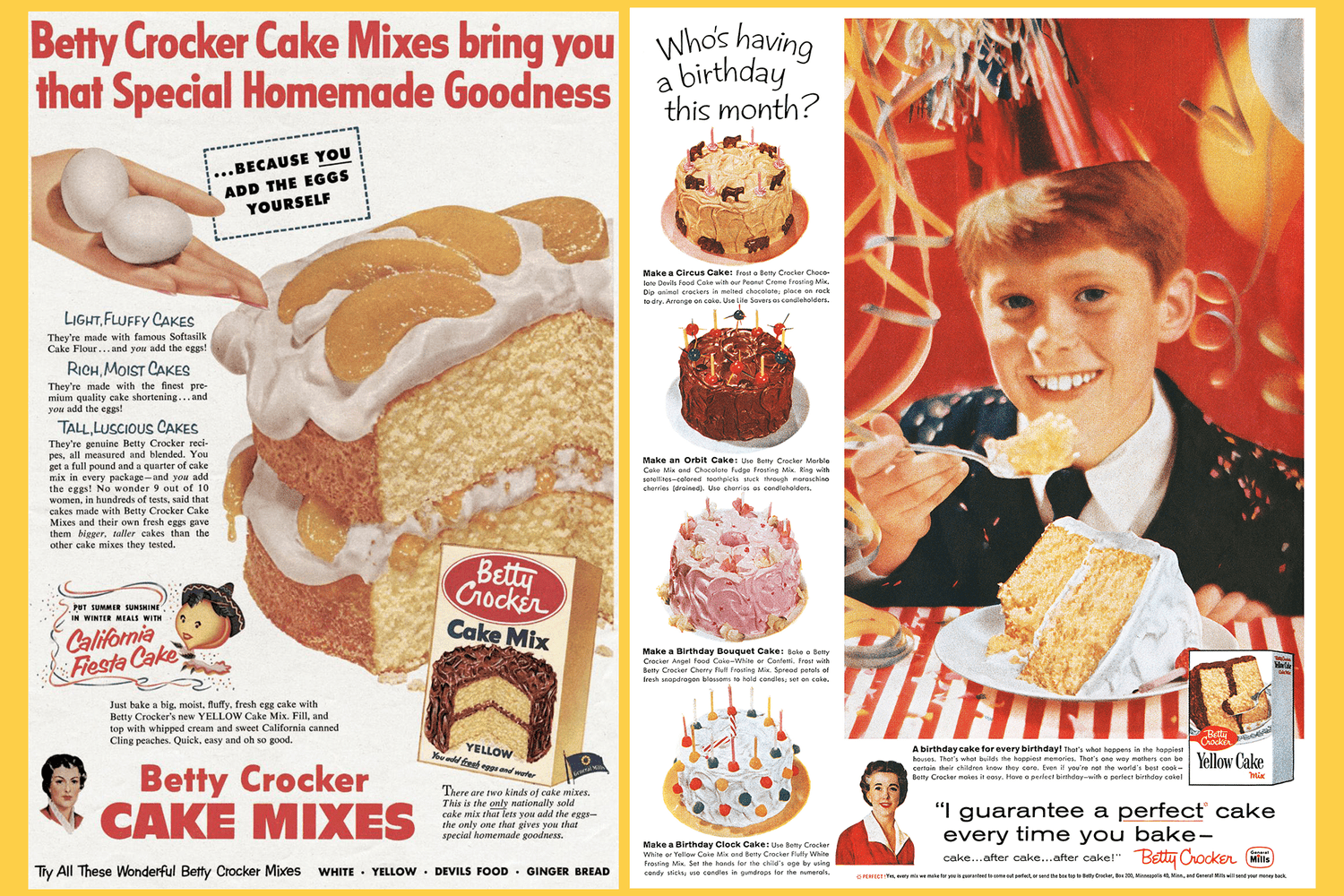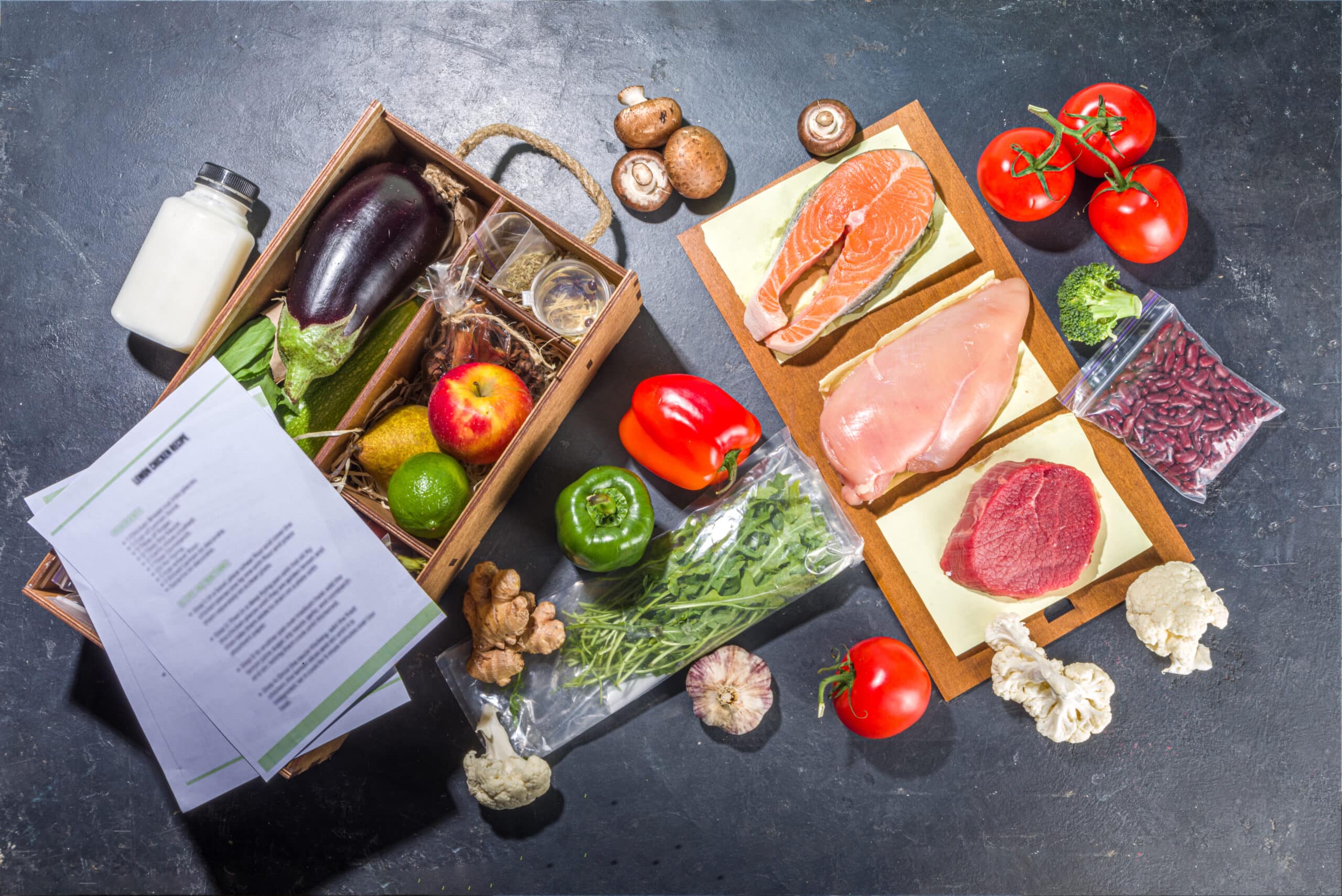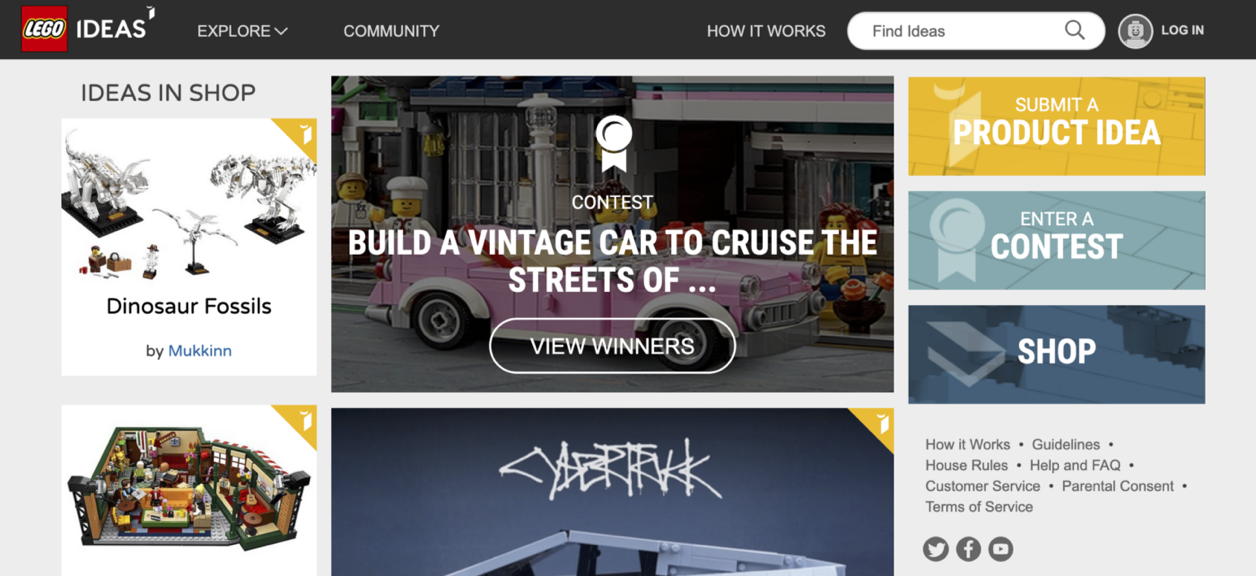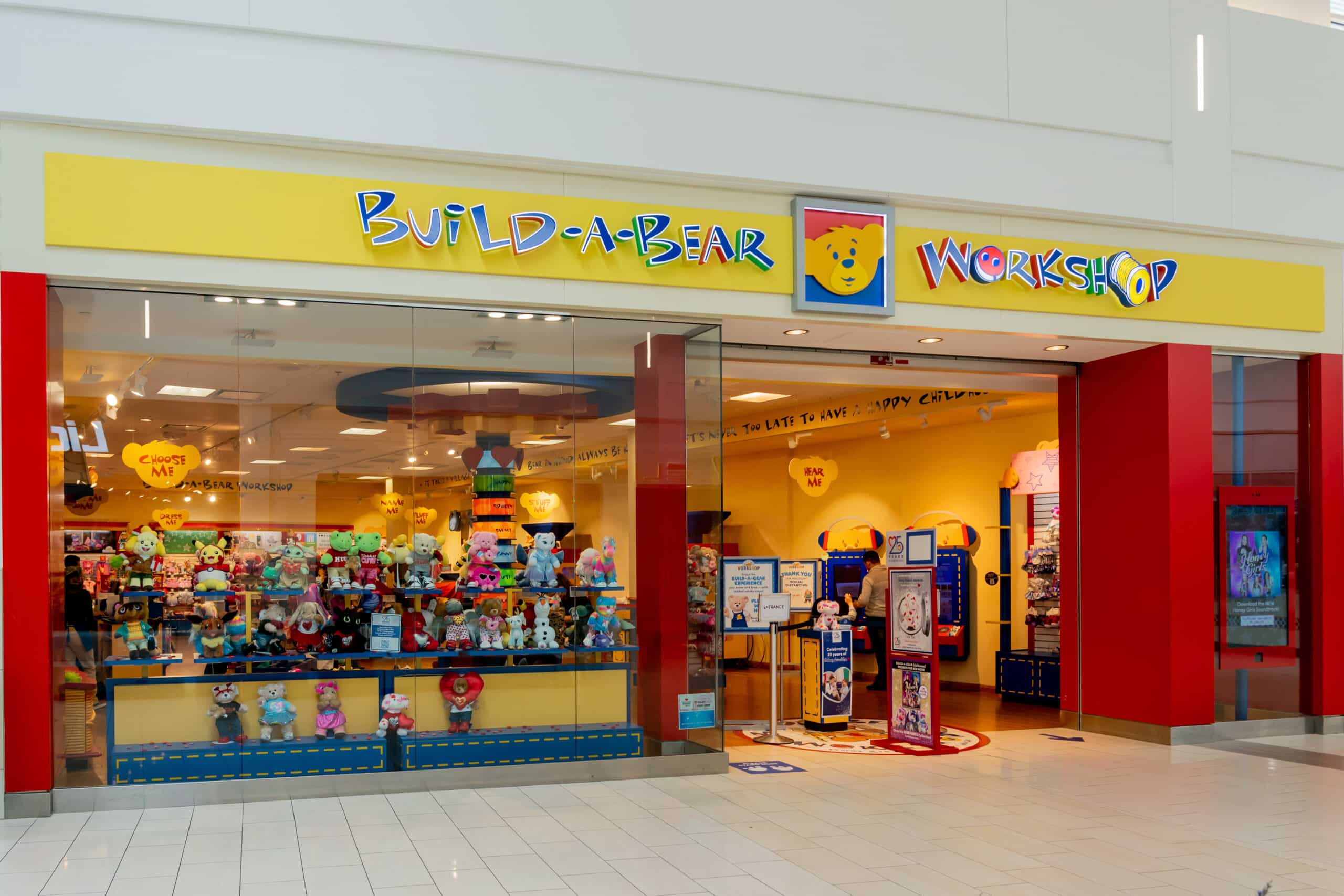Quick Definition: The IKEA Effect says that people attribute more value to products they’ve helped create.
In the 1950s, the Betty Crocker brand was in crisis. They needed to sell more of their instant cake mixes. The product seemed like a winner — just add water, and you’ll have a delicious cake, ready to bake.

#image_title
But sales struggles led parent company General Mills to seek outside help. Ernest Dichter, the “father of motivational research,” came in to assist.
Dichter discovered that a totally instant cake mix was too easy. Home bakers of the time felt it undervalued the skill of making a cake. “Remove the powdered egg,” Dichter advised, “and have bakers add a fresh egg themselves. Give the baker more ownership of the final result." Puzzled but desperate, General Mills reworked the recipe.
When adding an egg, bakers felt more involved in the process. Soon, sales of Betty Crocker’s semi-instant cake mix were through the roof. All because they asked customers to become co-creators of an instant mix cake. (source)

But why did this solution work so well?
It’s down to a behavioral science principle known as the IKEA Effect.
What is the IKEA Effect?
The IKEA Effect says that people attribute more value to products they’ve helped create.
In an excerpt from their research, a the Harvard University team that discovered the effect, describes the results of an experiment.
“Two groups were given IKEA boxes, with one group given fully-assembled versions, and the other given unassembled boxes, which they were told to put together. This second group were willing to pay much more for their box during the subsequent bidding process than those with pre-assembled boxes.”

Source: Harvard Business School (Credit: Harvard Business School/CC BY 4.0)
Customer co-creation can take many forms: assembling the finished product, coming up with new product ideas, solving problems, or even designing technical solutions.
Examples of companies that use co-creation include:
Real-World Examples of the IKEA Effect
1. Hello Fresh


The most popular meal kit delivery service in the U.S., Hello Fresh sends customers a recipe and ingredients for a delicious meal. Customer then assemble their dinner from the ingredients and instructions included in the kit. With 2.4 million international subscribers, Hello Fresh has turned meal co-creation into big business.
2. LEGO
On their open innovation platform, LEGO IDEAS, the brand gives customers a chance to submit product ideas. The community then votes for their favorites, and LEGO produces the kits.
The IDEAS platform is credited with helping turn LEGO into a more culturally relevant and profitable business, and helping to save the company during a downturn in the early 2000s.

3. Build-a-Bear Workshop

JHVEPhoto - stock.adobe.com
Build-a-Bear, a customizable stuffed animal shop, allows children to co-create plush toys. Build-A-Bear has an eight-step personalization process:
- Choose Me
- Hear Me
- Stuff Me
- Stitch Me
- Fluff Me
- Dress Me
- Name Me
- Take Me Home
Harvard researchers Michael I. Norton, Daniel Mochon, and Dan Ariely describe the process this way:
“Build-a-Bear offers people the ‘opportunity’ to construct their own teddy bears, charging customers a premium even as they foist assembly costs onto them.”
The strategy is clearly working. Build-a-Bear has sold more than 160 million plush animals since the company started in 1997.
🚀 Learn what makes buyers tick
Join 8k+ of world's best marketers from brands like Disney, Coca-Cola, Google who are learning marketing psychology in <5 mins a week.
How the IKEA Effect Helps Brands Grow
To understand how co-creation impacts business performance, consulting firm Iris created a Participation Brand Index.
According to Iris, brands that use co-creation methods “are outperforming the competition without outspending them.” The financial return of these companies is strong. For example:
- Investing in the top 20 brands in the Participation Brand Index over three years would have seen 4x higher ROI than investing in the brands at the bottom of the ranking.
- Investing in the top 10 brands in the Participation Brand Index over three years would yield a return 2x higher than the S&P 500.
The Bottom Line: How to Apply the IKEA Effect
Customer co-creation is proven to make customers value your product, pay more for it, and become more attached to your CX. Look for small ways to integrate it into your experience. Ask yourself:
- If there’s a problem area in your product or retail experience, ask yourself if customers can be more involved in the process. Do they feel left out, like there’s no transparency, control or participation?
- Are we clearly framing the co-creation as a way for people to add value, and not as a way for the brand to save time or money?
- Can we provide personalization options early in the experience to give customers a sense of ownership?
You don’t have bet the farm on co-creation to see its impact. Instead, run a small experiment using co-creation elements and learn from it. If applied correctly, the IKEA Effect can unlock untold value for your brand.
